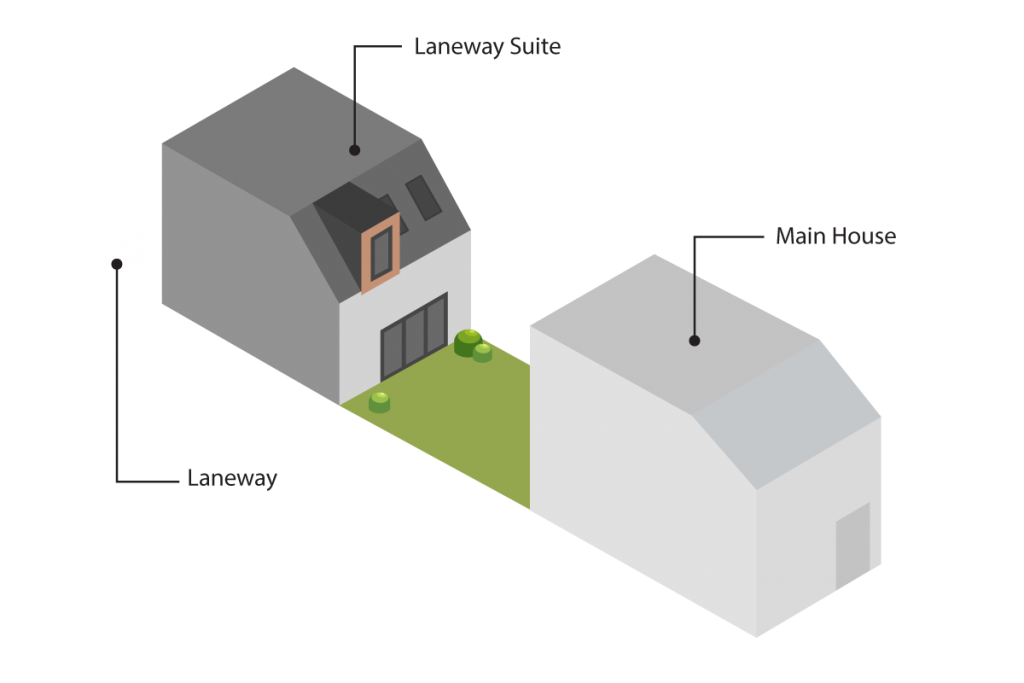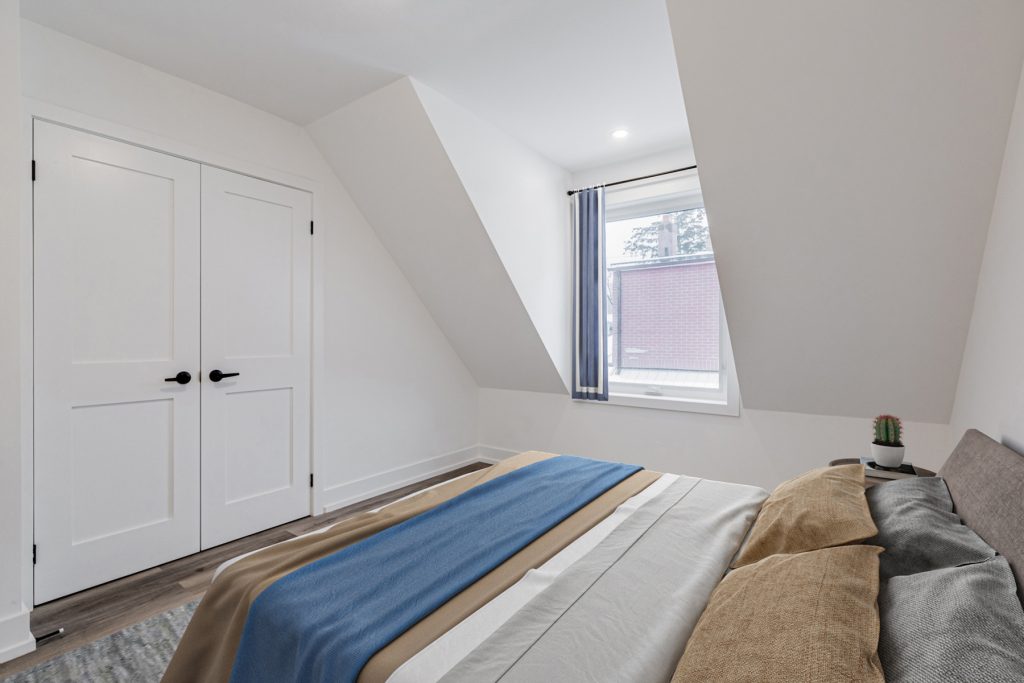
Introduction
Laneway Suites are becoming increasingly popular in Toronto as a means of increasing the city’s housing supply. These units are self-contained, small dwellings that are typically located in the backyard of an existing property.
However, as with any new type of housing, there are rules and regulations that must be followed in order to build and operate a Laneway Suite in Toronto.
Toronto Laneway Suites Are Designed To Be Non-Severable
When considering Toronto Laneway Suites, it is important to note that they are intended to be “non-severable,” which means that they cannot be separated from the main house and transformed into an independent property.
As a result, the suite will share utilities, such as water, sewer, hydro, and gas, with the main house. This arrangement ensures that the Laneway Suite is a cohesive part of the property, providing a unified living experience for all residents.
Note that you can set up separate gas and hydro meters and accounts on the Laneway Suite.
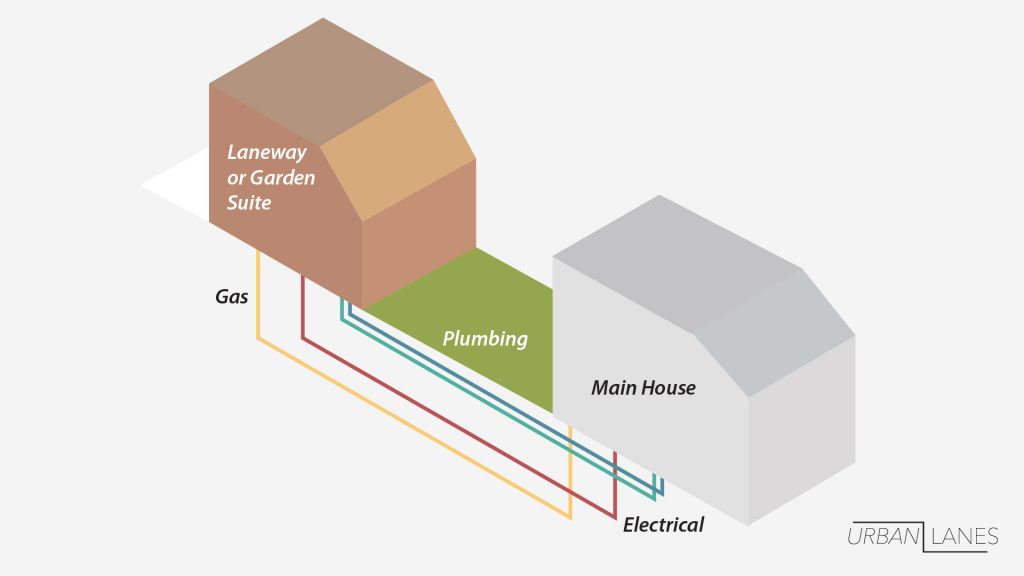
Check Your Zoning Designation & Access To Public Laneways
Firstly, in order to build a Laneway Suite, the property must be zoned as a residential property in the City of Toronto. Additionally, the property must have access to a public laneway.
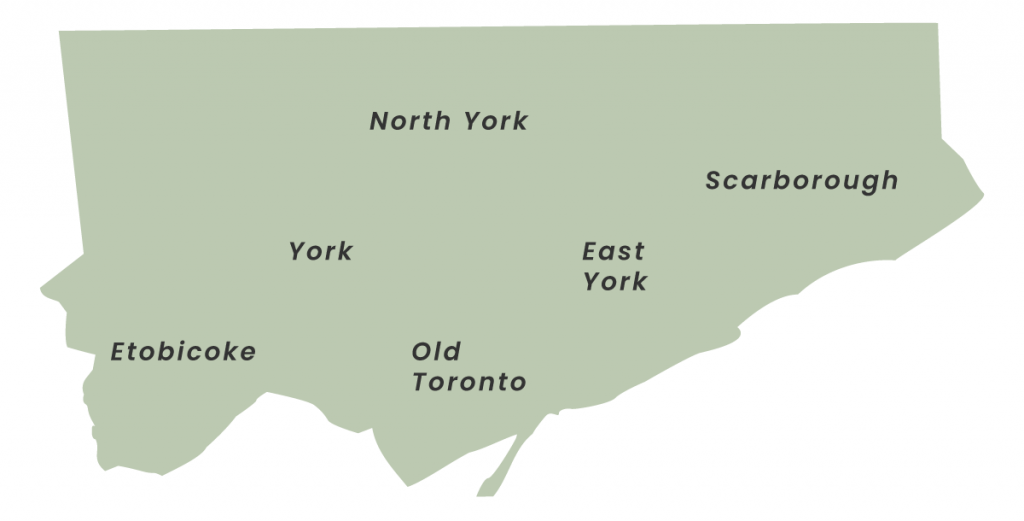
Ensure Adequate Fire Access and Clearance
To build a Laneway Suite, it’s crucial to have appropriate fire access and clearance. If these requirements aren’t met, you won’t be permitted to build your suite:
- Determine whether you’re within the maximum distance of 45 meters from the main road if fire access is via the property, or 90 meters if access is via the laneway.
- There also needs to be a maximum of 45 meters from the main road to the fire hydrant.
- To meet the minimum unobstructed path of travel, maintain a clear path of at least 0.9 meters.
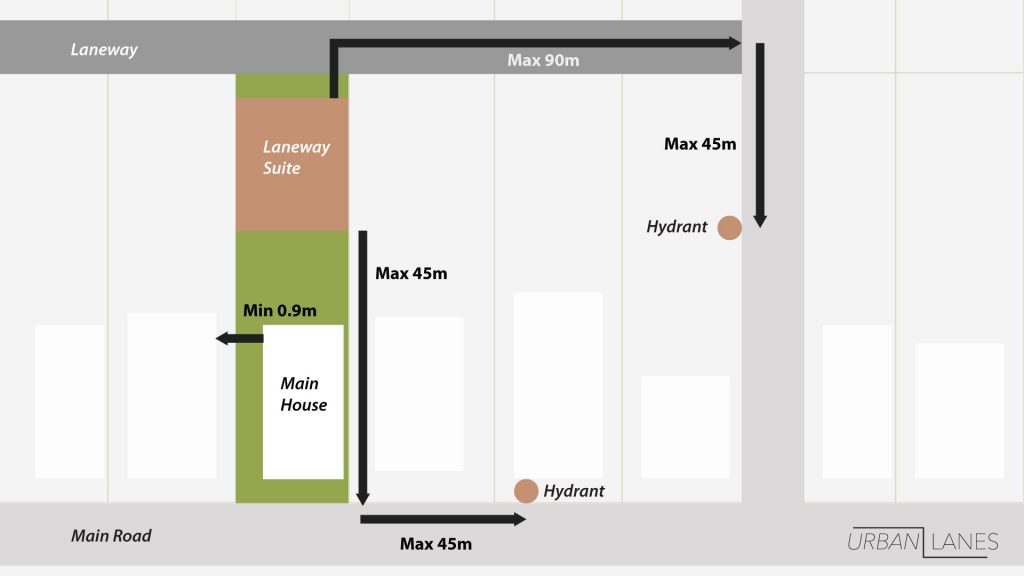
Laneway Suite Size and Height Requirements in Toronto
To ensure that your investment is worthwhile, it’s recommended to have a Laneway Suite with a minimum 1-bedroom plus den setup.
The maximum footprint for a Laneway Suite in Toronto is 10 meters deep by 8 meters wide, while the maximum height is 6.3 meters.
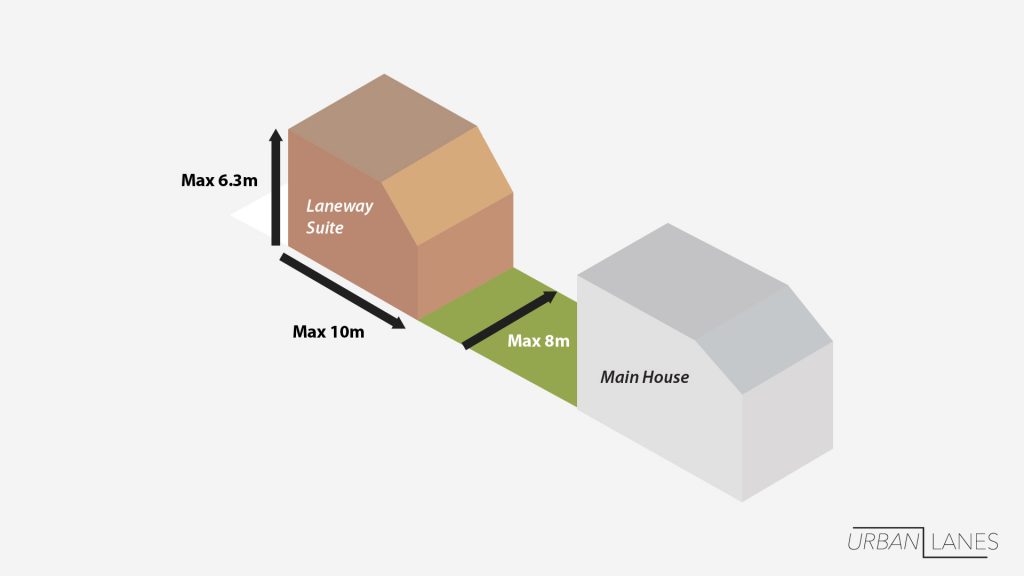
Toronto Laneway Suite Setback Regulations
To ensure compliance with building codes and regulations, the following setback requirements are mandatory.
Rear Setback Requirement: A minimum setback of 1 meter must be maintained from the front of the Laneway Suite to the rear property line, except for rear lots that do not face a lane or street.
Side Setback Requirement: No minimum side setback is required, with the exception of side lots that face a lane.
Distance from Main House to Laneway Suite: The minimum distance between the main house and the Laneway Suite building is determined by the height of the latter. If the height of the Laneway Suite is 4 meters or less, the minimum distance must be 5 meters. If the height of the Laneway Suite exceeds 4 meters, the minimum distance must be 7.5 meters.
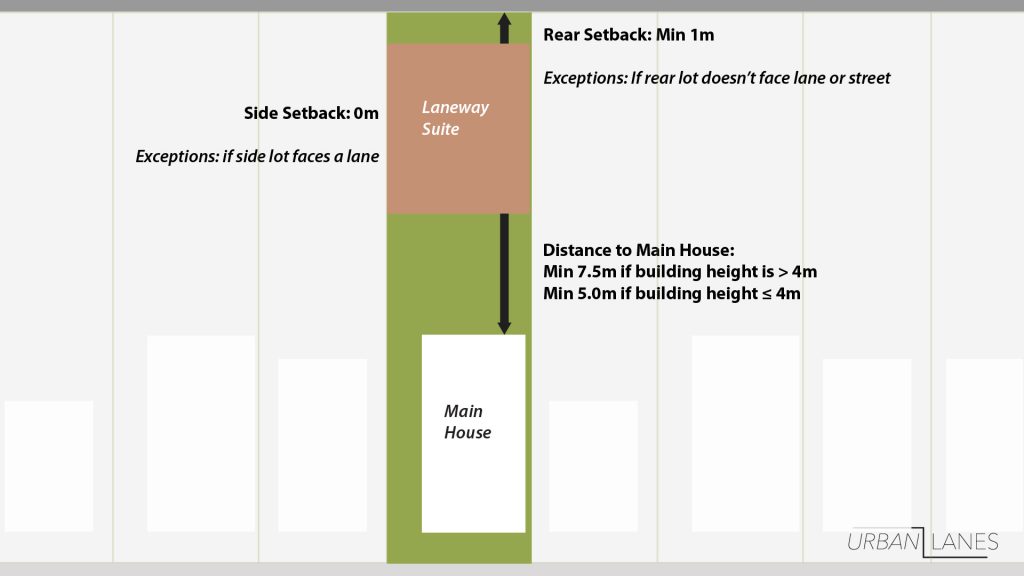
Toronto Laneway Suite Angular Plane Regulations
To maintain privacy for neighboring properties, angular planes are necessary for heights exceeding 4 meters, to ensure sufficient screening and preserve a sense of seclusion.
Angular Plane Requirements: An angular plane with a maximum angle of 45° must be maintained on the side of the Laneway Suite that faces the main house, starting at a height of 4.0 meters.
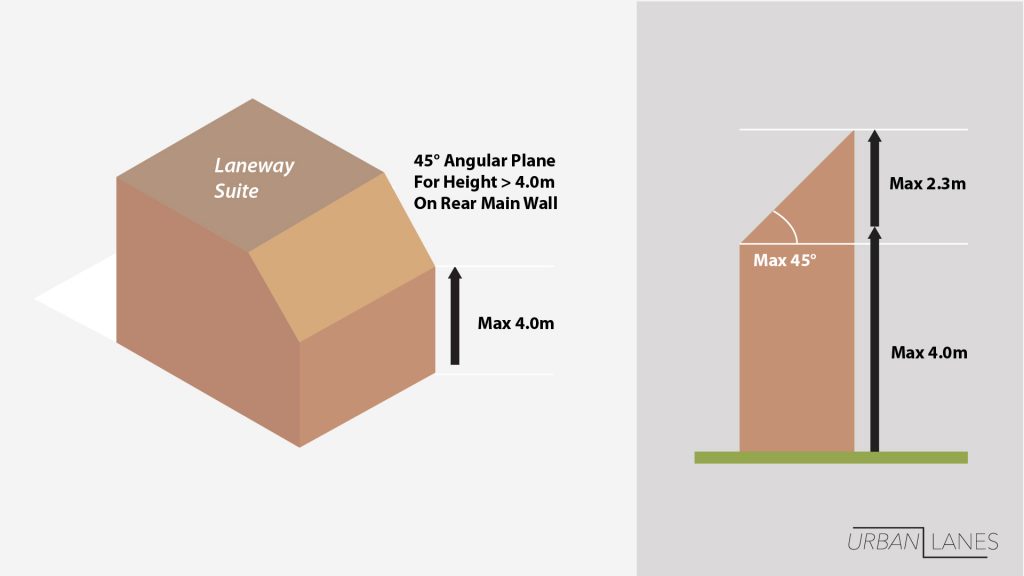
Toronto Laneway Suite Parking Regulations
While car parking requirements for the main house are waived by the City, two designated bicycle parking spots must be provided on the property to accommodate the Laneway Suite.
Toronto Laneway Suite Landscaping and Tree Regulations
The requirements for soft landscaping are dependent on the property size.
It is important to note that trees with a trunk diameter greater than 30 cm cannot be removed. This could affect the feasibility or progress of the Laneway Suite construction project.
Toronto Laneway Suites: By-Laws
The regulations for Toronto Laneway Suites are subject to change. To access the latest rules and guidelines, please refer to the Toronto by-laws for Laneway Suites.
Want To See If You Qualify For A Laneway Suite or Garden Suite Build In Toronto?
